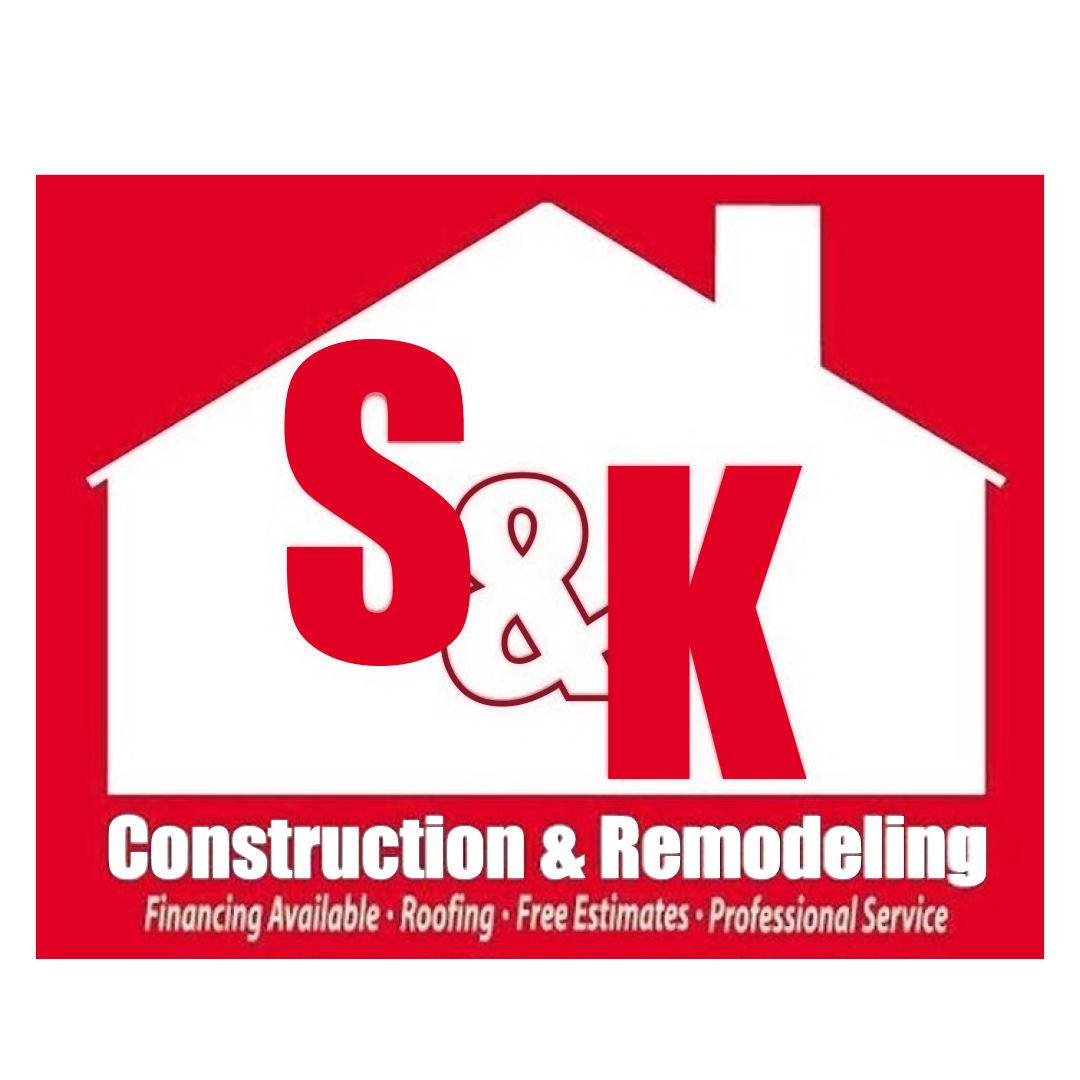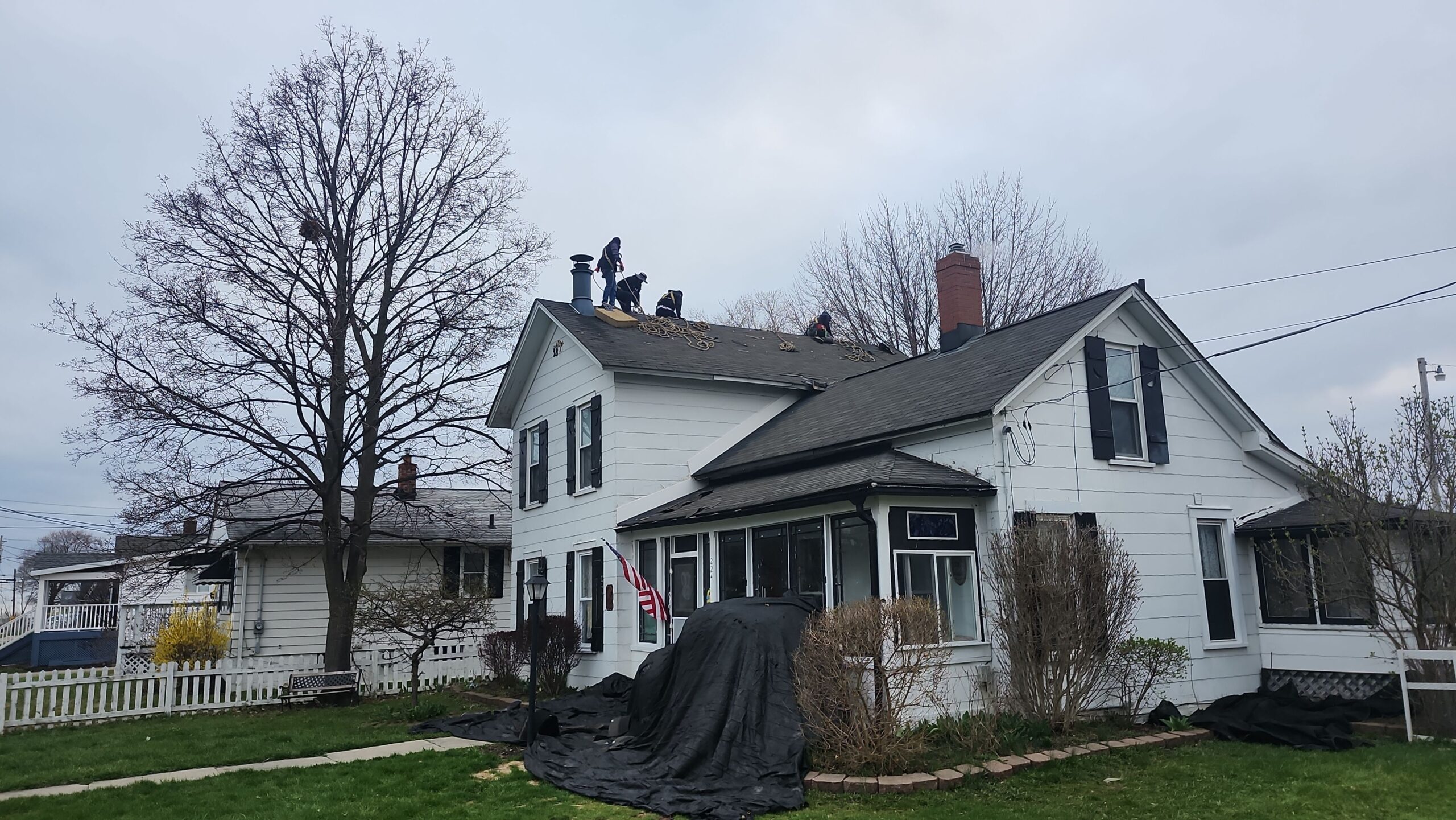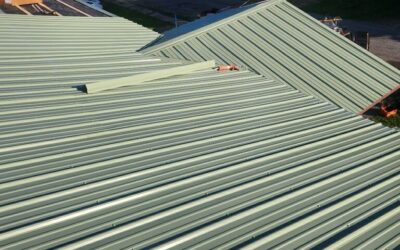A Guide to Commercial Green Roofs
Green roofs are transforming urban landscapes by adding a layer of vegetation to rooftops of commercial buildings. These eco-friendly solutions offer more than just visual appeal—they contribute to energy savings, stormwater management, and sustainability goals. As the demand for environmentally conscious construction rises, understanding the benefits and installation practices of commercial green roofs is crucial for building owners, developers, architects, and contractors alike.
Table of Contents:
- What is a Commercial Green Roof?
- Types of Green Roofs
- Benefits of Green Roofs for Commercial Buildings
- Components of a Green Roof System
- Ideal Structures for Green Roof Installation
- Choosing the Right Plants for a Green Roof
- Design Considerations for Commercial Green Roofs
- Installation Process: Step-by-Step Guide
- Maintenance Requirements
- Green Roofs and Energy Efficiency
- LEED Certification and Sustainability Credits
- Common Challenges and How to Address Them
- Green Roof Costs and Return on Investment
- Case Studies: Successful Green Roof Projects
- Working with the Right Roofing Contractor
- Final Thoughts: The Future of Green Roofing
1. What is a Commercial Green Roof?
A commercial green roof, also known as a living roof, is a rooftop that’s partially or completely covered with vegetation and a growing medium. It is installed over a waterproof membrane and may include root barriers, drainage, and irrigation systems.
2. Types of Green Roofs
- Extensive Green Roofs: Lightweight, minimal soil, low-maintenance, ideal for retrofit projects.
- Intensive Green Roofs: Deeper soil, supports shrubs and small trees, requires more maintenance and structural support.
- Semi-Intensive Green Roofs: A hybrid with characteristics of both types.
3. Benefits of Green Roofs for Commercial Buildings
- Reduced energy consumption
- Lower urban heat island effect
- Improved stormwater management
- Increased roof lifespan
- Enhanced biodiversity
- Tax incentives and potential LEED credits
4. Components of a Green Roof System
- Vegetation layer
- Growing medium
- Filter layer
- Drainage layer
- Root barrier
- Waterproofing membrane
- Insulation (optional)
- Roof deck
5. Ideal Structures for Green Roof Installation
Flat or low-slope roofs are most suitable. Buildings must be evaluated for:
- Structural load capacity
- Existing roofing materials
- Climate and weather conditions
6. Choosing the Right Plants for a Green Roof
- Succulents (e.g., sedum)
- Grasses and wildflowers
- Herbs and low-growing perennials
- Native species adapted to local climates
7. Design Considerations for Commercial Green Roofs
- Drainage planning
- Load-bearing calculations
- Access for maintenance
- Irrigation and water retention
- Aesthetic goals
- Integration with HVAC systems
8. Installation Process: Step-by-Step Guide
- Structural assessment
- Removal of old materials (if applicable)
- Waterproofing membrane installation
- Adding insulation and root barriers
- Installing drainage and filter layers
- Adding growing medium
- Planting vegetation
- Final inspection and irrigation setup
9. Maintenance Requirements
- Regular inspections (semi-annually)
- Irrigation system checks
- Weed control
- Fertilization (as needed)
- Drainage system cleaning
10. Green Roofs and Energy Efficiency
Green roofs act as insulation, reducing heat transfer and HVAC usage. They can lower cooling costs by up to 25% during hot months and improve overall building efficiency.
11. LEED Certification and Sustainability Credits
Green roofs contribute to LEED points in categories such as:
- Sustainable Sites
- Energy & Atmosphere
- Water Efficiency
- Innovation in Design
12. Common Challenges and How to Address Them
- Structural Limitations: Consult with engineers early
- Cost Concerns: Emphasize long-term ROI and energy savings
- Plant Survival: Choose drought-resistant, hardy species
- Drainage Issues: Ensure proper installation of layers
13. Green Roof Costs and Return on Investment
Initial costs can range from $10–$30 per square foot, but savings from energy, stormwater fees, and roof replacement cycles offer a strong ROI. Green roofs can extend roof lifespan by over 200%.
14. Case Studies: Successful Green Roof Projects
- Chicago City Hall: Extensive system with 20,000 plants
- Ford Dearborn Truck Plant: One of the largest green roofs in the U.S.
- Vancouver Convention Centre: Features a six-acre living roof
15. Working with the Right Roofing Contractor
Choose a contractor with:
- Experience in commercial green roof systems
- Knowledge of local codes and climate conditions
- Manufacturer certifications
- Positive reviews and a strong portfolio
16. Final Thoughts: The Future of Green Roofing
As cities push for sustainability and resilience, green roofs are quickly becoming a staple in commercial architecture. Their ability to blend ecological benefits with economic value makes them a smart investment. Whether retrofitting or designing a new building, incorporating green roofing can position your business as a leader in innovation and environmental responsibility.
S&K Construction and Remodeling LLC Proudly serving Northeast Ohio including Youngstown, Chagrin Falls, Beachwood, Medina, and Twinsburg.
We are your trusted experts in commercial roofing systems—including green roofing solutions. Contact us at www.skroofingandconstruction.com for a consultation. Financing available for qualifying commercial projects.
Build green. Build smart. Build with S&K.
 (440) 307-2060
(440) 307-2060





